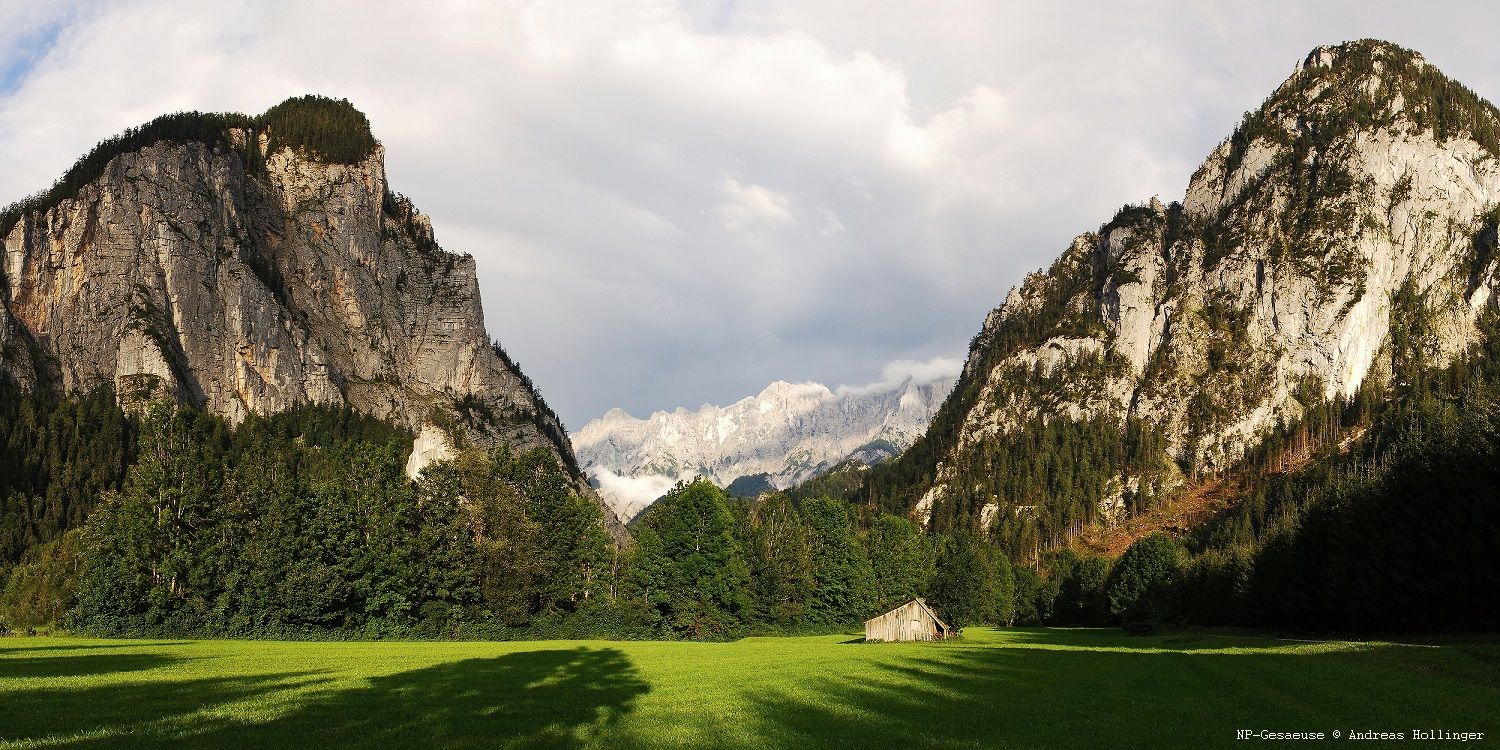

Protected area management policy in the Alpine arc is over 100 years old. Traditional protected area approaches, such as national parks and nature reserves, have been complemented by new managerial forms. However, this was done without always ensuring a consistency between management objectives and practices. Today, the Alps are covered by variety of protected area management styles, whose objectives are not necessarily comparable from one Alpine State to another, despite having the same classification.
ALPARC has been the platform for cooperation between Alpine protected area managers under the Alpine Convention since 1995 and the EUSALP since 2015. Therefore, it is natural for ALPARC to assume the role of addressing new protected area management approaches. In this context, ALPARC aims to strengthen cooperation between the Alpine states and to promote this process through the direct involvement of protected area managers and their supervising authorities.
Much thought has already been given to protected area management, especially by international organizations such as the IUCN or WWF. However, these reflections are generally not ‘Alpine-specific’.
The motivation and necessity of the Project Alpine Parks 2030 is well described in an article published in the journal "Natur und Landschaft":
"Protected areas are a fundamental element of nature protection. Large protected areas are intended to contribute to the maintenance of biodiversity, but do not always succeed. The higher the protection status, the more protected areas are limited to anthropized high mountain sites. Deficits are noted in forest areas, along watercourses close to their natural state, and more generally in the plains, particularly in peri-urban areas. Geographically, there is a lack of large protected areas in the eastern foothills of the Alps, in the pre-ligure area and on the edge of the Western Alps. In addition, the protected areas in the transition zone between the Alps and the Pre-Alps are highly isolated from each other by the presence of valleys dominated by intensive agricultural practices. Finally, the diversity of concepts and objectives makes it difficult to compare the different Alpine countries. New types of parks could serve as models for extensive nature protection. It would also be desirable to create large wilderness areas. Future parks must also become a vital instrument for the involvement of the local population, as well as models for an equitable distribution of burdens and benefits between city and countryside. " (Broggi M., Plassmann G., Jungmeier M., Scherfose V., Solar M., 2017)
This text describes the current situation of Alpine Protected Areas and shows that this project is motivated by the desire to propose solutions to overcome the shortcomings of the network of protected areas in the Alps. It also aims to pave the way for closer cooperation between the APAs, in order to create a coherent network with widely accepted and harmonized management instruments, which should therefore be more effective. Regional and local specificities are also taken into consideration under this project.
At the end of this project, ALPARC will propose models and recommendations for a spatial protection policy in the Alps for the 2021 Alpine Conference. These recommendations will be oriented and adapted to the needs of the 21st century.
This project is supported by the German Ministry for the Environment, Nature Conservation and Nuclear Safety.